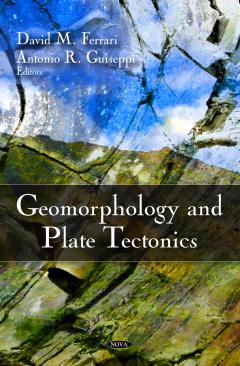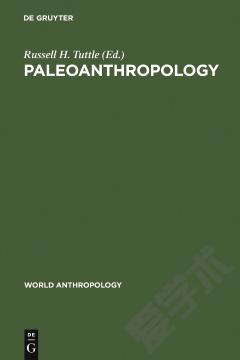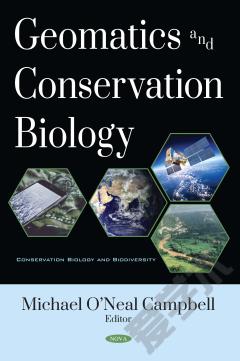Biogeography and Plate Tectonics
One needs to look at only a small portion of the enormous literature on plate tectonics published in the last 15 years to realize that there are many differences between the various reconstructions that have been presented. It becomes obvious that, although there is a general agreement about the presence of an assembly of continents (a Pangaea) in the early Mesozoic, there is considerable disagreement among earth scientists as to the configurement of the assembly and the manner and timing of the subsequent dispersal. While the revolution in geophysics was taking place, systematic work in paleontology and neontology was being carried out. This book is an attempt to incorporate the biological evidence into the theory of plate tectonics.The author traces the changing relationships among the various biogeographic regions and demonstrates how such changes may often be correlated with the gradual geographic alteration of the earth's surface. He analyses recent information about the distribution of widespread groups of terrestrial and freshwater vertebrates, invertebrates and plants, and discusses the biogeographical effects of the movement of oceanic plates.It is particularly important to obtain dependable information about certain critical times in the history of continental relationships. We need to know when the terrestrial parts of the earth were broken apart and when they were joined together. The present investigation makes it clear that we cannot depend entirely on evidence from plate tectonics nor will purely biological evidence suffice.
{{comment.content}}








 京公网安备 11010802027623号
京公网安备 11010802027623号